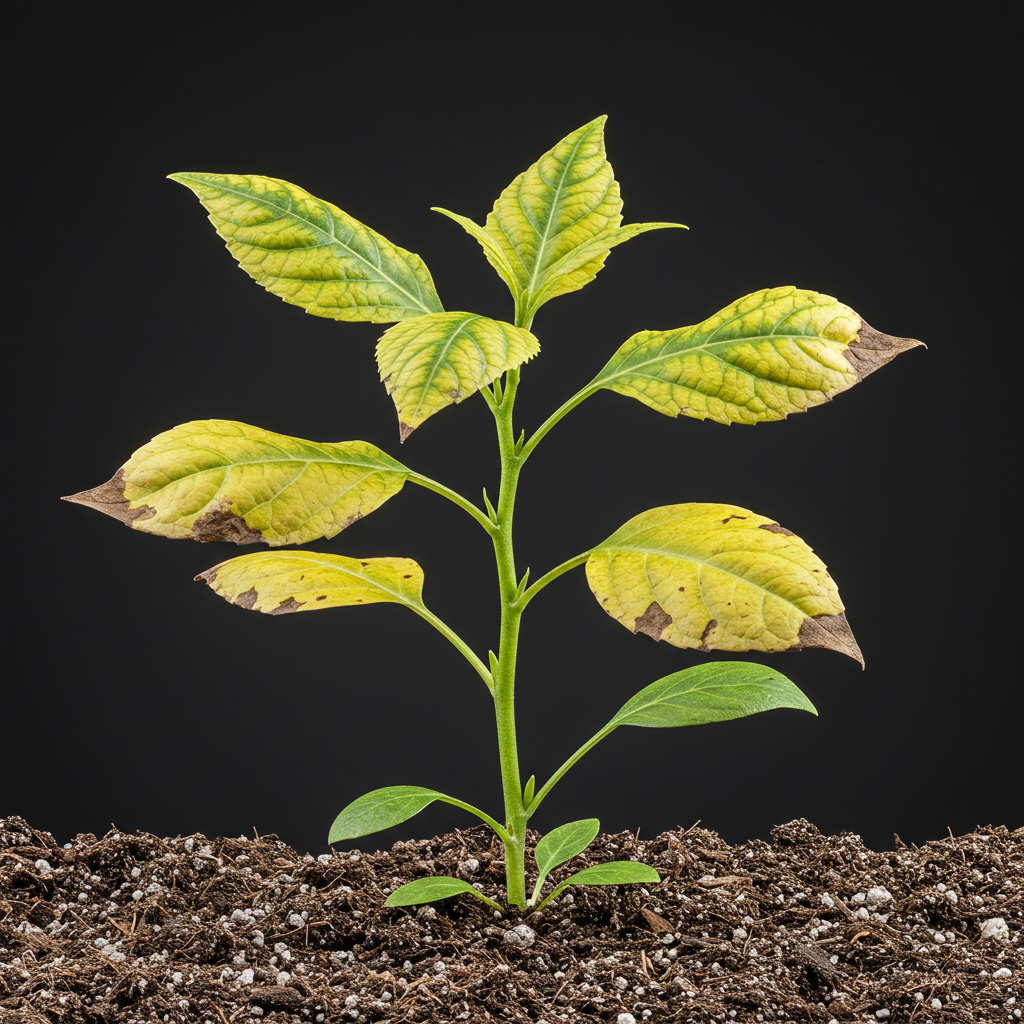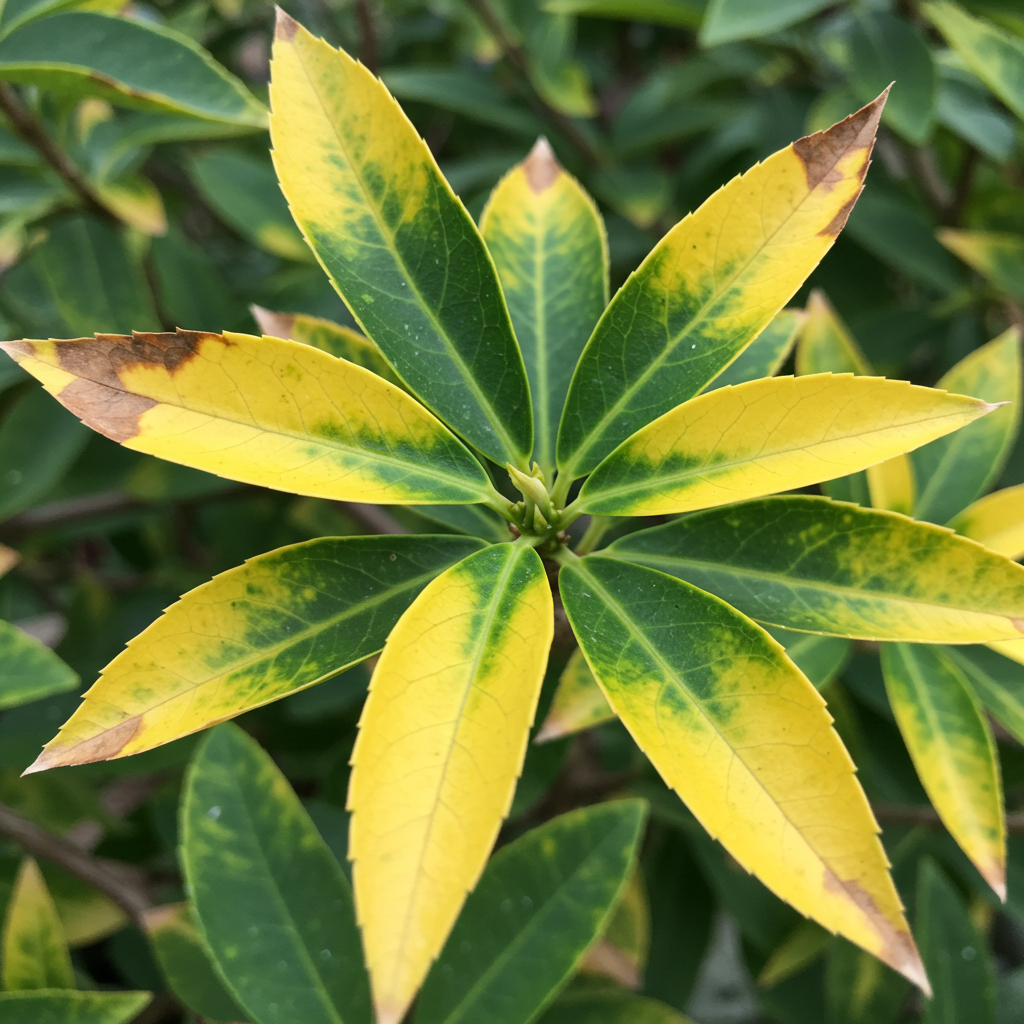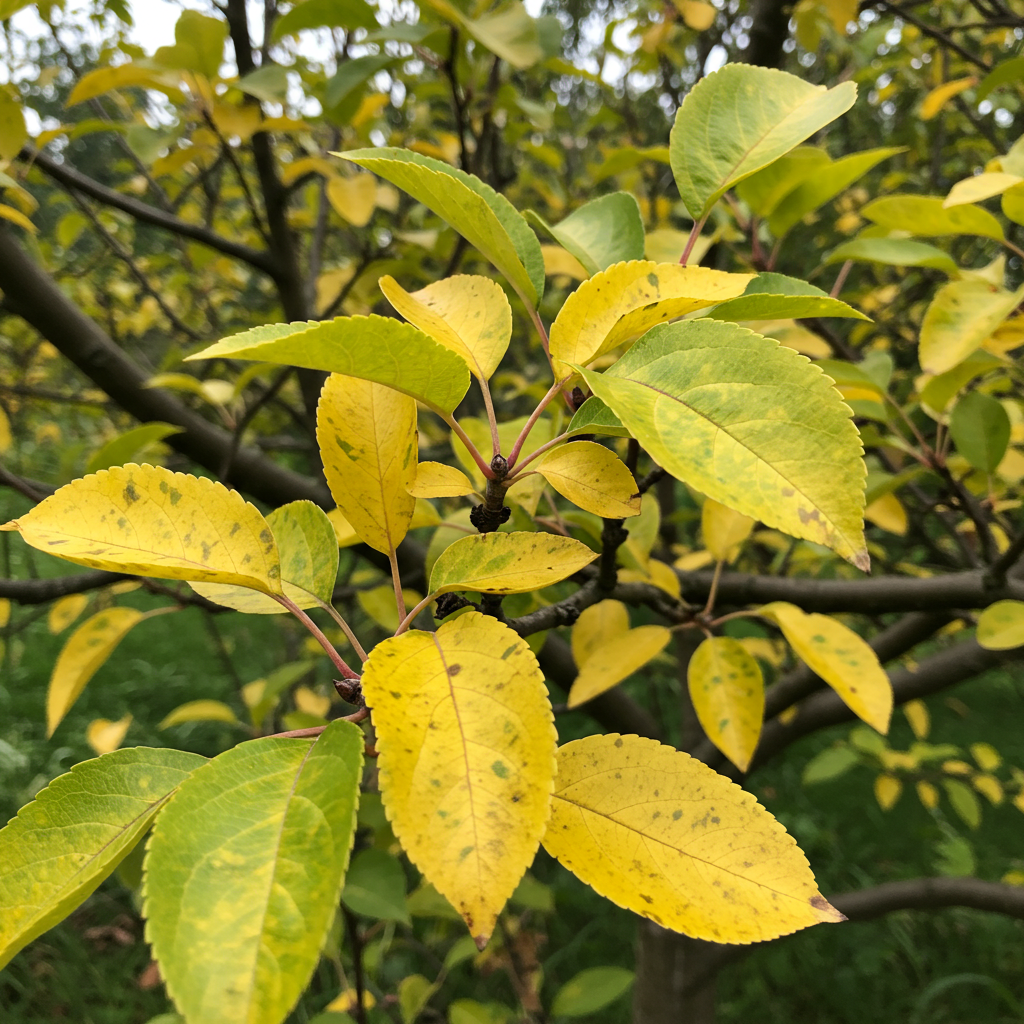NOVENZA
WHAT IS NITROGEN (N)? WHAT DOES IT DO, WHAT HAPPENS IN ITS DEFICIENCY, AND HOW IS IT DETECTED?
The Cornerstone of Plant Life
The Importance of Nitrogen in Plants
Nitrogen (N) is one of the most critical macronutrients for plants. The term "macro" refers to elements that plants require in large quantities for healthy growth and development. Nitrogen plays vital roles in many fundamental processes of plant physiology.
Key Functions of Nitrogen in Plants
- Building Block of Proteins: Nitrogen is a key component of amino acids, which are the building blocks of proteins. Proteins are essential for enzymes, structural components, and functional proteins in genetic material.
- Central Atom in Chlorophyll: Chlorophyll, the green pigment that converts sunlight into chemical energy through photosynthesis, relies on nitrogen as a central component of its molecular structure.
- Component of Nucleic Acids: Nitrogen is present in DNA and RNA molecules, making it vital for the formation of genetic material.
- In Enzymes and Coenzymes: Nitrogen is involved in the structure of enzymes and coenzymes necessary for proper metabolic processes.
- Synthesis of Other Organic Compounds: Nitrogen plays a role in synthesizing alkaloids, hormones, and vitamins.
What Happens in Nitrogen Deficiency?
Nitrogen is a mobile element within plants. In cases of deficiency, nitrogen is transported to younger, actively growing parts. As a result, symptoms typically appear first in older leaves.
- Chlorosis (Yellowing): Leaves turn pale green or yellowish due to insufficient chlorophyll production.
- Stunted Growth: Plants grow slowly and weakly, with thin and frail stems.
- Leaf Drop (Necrosis): In severe cases, older leaves may dry out and fall off.
- Poor Shoot and Branch Development: New shoots and branches develop sparsely and weakly.
- Reduced Yield: Agricultural products, such as fruits and vegetables, become smaller, with lower quality and yield.

Example Image: A leaf with nitrogen deficiency showing uniform yellowing and wilting.
How to Detect Nitrogen Deficiency?
Observing visual symptoms in plants is key to identifying nitrogen deficiency:
- Leaf Color: General yellowing or pale green discoloration in older leaves.
- Growth Rate: Plants grow more slowly than normal and remain small.
- Leaf Size: New leaves are smaller than usual.
- Condition of Older Leaves: Early yellowing and leaf drop are indicators of nitrogen deficiency.
- Soil Testing: The most accurate method to determine nitrogen levels in the soil.
Distinctive Features of Nitrogen Deficiency
- General Yellowing: Affects the entire leaf, including veins.
- Starts in Older Leaves: Symptoms first appear in older leaves.
- Leaf Necrosis: In severe deficiency, leaves may dry out and fall off.
Visual Symptoms
The following characteristics are observed in a plant leaf with nitrogen deficiency:
- Uniform Yellowing: The entire leaf, including veins, shows uniform yellowing.
- Older Leaves: Symptoms are prominent in the older leaves at the base of the plant.
- Wilted Appearance: The leaf appears slightly wilted and lifeless.


Example Image: A leaf with nitrogen deficiency showing uniform yellowing and wilting.